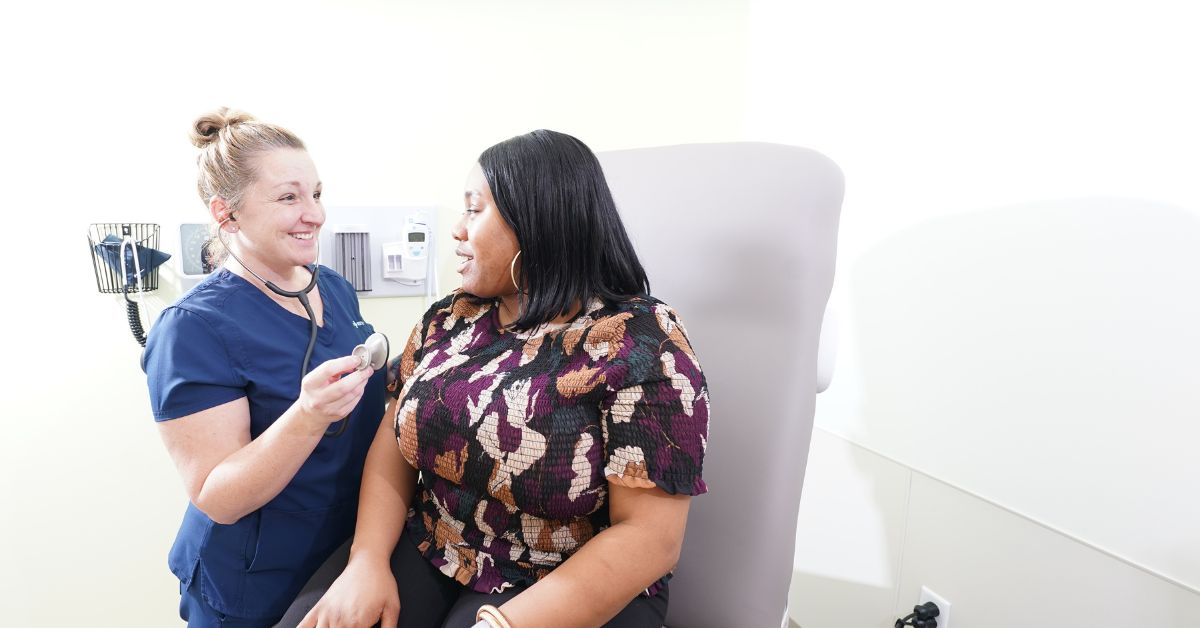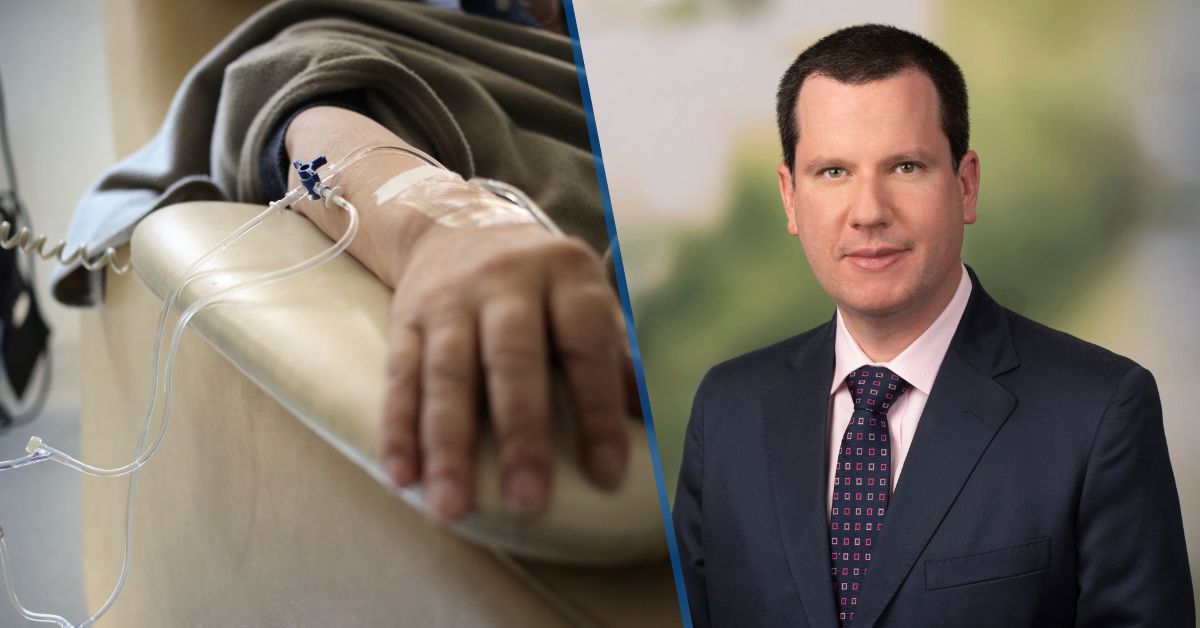Technology is advancing leaps and bounds every day, and it’s not just making things more convenient – it’s helping save lives, too. The use of robots, artificial intelligence and other technology in health care are transforming how surgeries are performed, streamlining disinfection and resulting in better patient outcomes.
“We’re able to do smaller incisions to perform more complex operations,” Jessica Gonzalez Hernandez, MD, chief of surgery for Bon Secours St. Francis, shares.
Having just completed her 100th robotic bariatric surgery last month, Dr. Gonzalez Hernandez raves about the patient benefits of the technology, which she says include “reduced risk for infection, less need for blood transfusions, less scarring, shorter hospital stays, as well as reduced pain and discomfort which allows for a faster recovery and faster return to work.”
During a robotic procedure, the surgeon sits at a computer console where they can see a close-up view of the surgical site while manipulating a robot with moveable arms that are attached to surgical instruments.
“No question – these robots are nearly useless without being in the hands of a skilled surgeon,” Bruce Swords, MD, PHD, chief clinical officer at Bon Secours St. Francis, explains.
 He also emphasizes that the surgeon is managing everything that happens to the patient during these procedures – the robotics isn’t doing anything on its own.
He also emphasizes that the surgeon is managing everything that happens to the patient during these procedures – the robotics isn’t doing anything on its own.
“It doesn’t replace their expertise or their skill. It just enhances those and allows them to do things better or differently than they were able to do without them, all with the goal of making the outcome for patients better,” Dr. Swords adds.
Surgeons say robotics provide better visualization, enhanced precision and flexibility as well as improved ergonomics – sitting down allows them to perform more complex operations without getting tired as fast. If fact, some benefits even start before ever entering the operating room.
“We can actually create a 3D model of the knee to perform surgery on before actually performing the surgery on the knee. This way, we can anticipate what the bone cuts are going to be like and develop a customized surgical plan before the operation begins,” James Jennings, MD, with Piedmont Orthopedics who completed his 1,000th robotic knee surgery last month, shares.
In addition to expanding treatment options, innovation has also proven extremely valuable for patient diagnostics and care. For example, our ministry uses artificial intelligence to help medical professionals spot early signs of stroke.
“I would bet that, on average, having technology like this saves at least 15 minutes for the evaluation of every stroke patient. That would be about 30 billion neurons,” John McBurney, MD, director of the Bon Secours St. Francis stroke program, shares. “It’s not possible to identify blockage of a large artery that gets amenable to treatment or to determine if there’s salvageable brain without this type of technology.”
The use of robotics and automation also extends into other clinical settings as a way of supporting health care workers and enhancing patient care. In pharmacies and lab areas, the technology can be used to automate manual, repetitive and high-volume tasks to provide faster turnaround and more consistent results. In 2020, we proudly became the first health system in Greenville, S.C. to use germ-zapping robots to disinfect patient and procedure rooms using UV light.
“These robots have been a great way to enhance our existing infection control practices and reduce the risk of health care associated infections,” Dr. Swords adds.
This may be only the beginning. Technology is constantly evolving and will very likely continue to revolutionize health care in ways we aren’t yet aware of. However, one thing is for sure. Not even the most cutting-edge technology can ever fully replace human input or compassion – both of which are an essential and irreplaceable component of care at Bon Secours.
Learn more about all the health care services we offer.





